More about Edmonia Lewis
- All
- Info
- Shop
Works by Edmonia Lewis

Contributor
Between being accused of poisoning two friends and racist 19th century America, Mary Edmonia Lewis took her sculpting talents to Rome.
With her death in London in 1907, Mary Edmonia Lewis’s will labeled her as a “spinster and sculptor.” Ah, the curse of being a spinster! But really, it was the sculptor part of Lewis’s identity that actually mattered to her. Lewis was an independent lady, leaving the States to hone her talents and pursue her career in Rome as well as Europe at large. What is so cool about Lewis is how interesting her life was and how her experiences informed her art.
Lewis was born around 1844 to a Native American mother and an African American father, living with her mother’s people the Chippewa (Ojibwe) for most of her early life. She is the first documented female sculptor of African American and Native American descent. Utilizing her own skills in art, financial support from her brother, and help from abolitionists, Lewis enrolled in Oberlin College where she studied art and was later accused of murder. Here's the dish:
So one wintery day, Edmonia and two gal pals were riding in a sleigh with two male companions. Sounds festive and harmless enough right? Well, Edmonia’s friends were slipped Spanish fly, a potent and often deadly aphrodisiac, and they died. The two friends as well as male companions/murderers (it’s obvious it was the dudes) were all white and Edmonia was put on trial for the murder. She was acquitted but understandably moved away to Boston where she was trained by sculptor Edward A. Brackett. Edmonia was a quick study, making a bust of an African American Civil War hero which she made over 100 copies of and sold for $15 each. Despite her initial success in the US, Edmonia set sail for Rome stating: “The land of liberty had no room for a colored sculptor.”
Edmonia established a life for herself in Rome with other expat female sculptors. Many of her sculptures made while in Europe had to do with themes back home such as the Emancipation Proclamation. Edmonia sculpted freed slaves out of white marble, the preferred medium of Neoclassical sculptors which was so abundant in Italy. She drew from her Native American heritage as well, sculpting women and men inspired by her early upbringing with her mother’s people. While Edmonia worked from Europe, she still drew from themes back home and submitted works to exhibitions back in the States.
Getting through a murder trial and becoming a successful woman of color artist during the 19th century was no easy feat. So while Edmonia did die a “spinster” according to the century’s hatred of single women, she lived and worked the way that she chose, and that’s pretty badass.
Sources
- Buick, Kirsten. “The Ideal Works of Edmonia Lewis: Invoking and Inverting Autobiography.” American Art, Vol. 9, No. 2, (1995), 4-19.
- Holland, Juanita Marie. “Mary Edmonia Lewis’s ‘Minnehaha’: Gender, race, and the ‘Indian Maid.’ Bulletin of the Detroit Institute of Arts, Vol. 69, No. ½ (1995), 26-35.
- Gold, Susanna. “The Death of Cleopatra/ The Birth of Freedom: Edmonia Lewis at the New World’s Fair.” Biography, Vol. 35, No. 2 (2012), 318-341.
- Quinn, Bridget. Broad strokes: 15 women who made art and made history( in that order). San Francisco: Chronicle Books, 2017.

Contributor
As the first professional African-American female sculptor, Lewis lived a life tougher than marble.
She set the foundation for a future of black artists to rise out of obscurity, including Betye Saar and many others before her.
Born between 1843 and 1845, Lewis first graced the world with her chubby baby sculptor hands in upstate New York to an African-American father and a Chippewa Indian mother. After becoming orphaned before the age of five, Lewis stayed with her mother’s nomadic tribe until her brother struck rich in gold and helped send her off to school. In 1859, she attended Oberlin College in Ohio, where she dropped the name “Wildfire” and replaced it with “Mary Edmonia Lewis.”
Lewis didn’t exactly have the best time at Oberlin College, sadly. Two white girls accused her of serving them mulled wine poisoned with beetle juice (no, not that Beetlejuice). A mob of white men savagely assaulted her and left her for dead. And then a teacher blamed Lewis for having stolen art supplies. Threatened by the diminutive, four-foot tall artist, the College expelled her. Good move, Oberlin.
Totally unperturbed by her lack of sculpting experience, Lewis moved to Boston, where she gathered up quite a savings from selling souvenir busts of abolitionists like Abraham Lincoln and writers like Henry Wadsworth Longfellow. With enough money in her pocket, she moved to Rome in 1866, where she joined a T-Swift posse of female sculptors funded generously by a rich actress named Charlotte Cushman.
Fellow male sculptors felt peeved at this strange group of sculpting sisters, complaining that women should not intrude on “a man’s job.” But they did it anyway; they’d had turbulent times before (none more so than Lewis) and they could afford to have a few more.
Lewis and her squad generally followed suit in the trend of neoclassicism. But she did shock viewers with her unique, empathetic renditions of African-American and Indian figures—probably because she was actually African-American and Indian. She sculpted slaves in Forever Free and the biblical figure Hagar, both symbols of slavery who, like Lewis, experienced racial violence and discrimination.
People found the sculptor super exotic and strange, with her signature red sculptor’s cap and mannish clothes, and many came to visit her studio during the height of her popularity in the 1860s and ‘70s. The highlight of her career came when a jury chose her to exhibit at the 1876 Philadelphia Centennial Exposition. For this occasion, Lewis sculpted what many consider one of her finest works to date, The Death of Cleopatra.
After the exhibition, though, Lewis seems to have vanished. Frederick Douglass was the last to record a visit with her in the 1880s, and her smaller works remain engaged in a perpetual game of hide-and-seek with art historians. So let’s just leave this nice poem, written by her friend and poet Anna Waterson, to commemorate the woman who faced the odds head-on and won.
Tis fitting that a daughter of the race
Whose chains are breaking should receive a gift
So rare as genius. Neither power nor place,
Fashion or wealth, pride, custom, caste nor hue
Can arrogantly claim what God doth lift
Above these chances, and bestows on few.
Sources
- "Edmonia Lewis, an artist with African and Native American roots." African American Registry. July 14, 1843. http://www.aaregistry.org/historic_events/view/edmonia-lewis-artist-afr….
- May, Stephen. "The Object at Hand." Smithsonian.com. September 01, 1996. http://www.smithsonianmag.com/arts-culture/the-object-at-hand-4-1212053….
- Rivo, Lisa E. "Lewis, Edmonia." Edited by Evelyn Brooks Higginbotham. In African American National Biography, edited by Henry Louis Gates, Jr. Oxford, MA: Oxford Press, 2008.
- "Edmonia Lewis." Google Arts & Culture. https://www.google.com/culturalinstitute/beta/exhibit/gQJi3NKm3VagLg.
Featured Content
Here is what Wikipedia says about Edmonia Lewis
Mary Edmonia Lewis, also known as "Wildfire" (c. July 4, 1844 – September 17, 1907), was an American sculptor.
Born in Upstate New York of mixed African-American and Native American (Mississauga Ojibwe) heritage, she worked for most of her career in Rome, Italy. She was the first African-American and Native American sculptor to achieve national and then international prominence. She began to gain prominence in the United States during the Civil War; at the end of the 19th century, she remained the only Black woman artist who had participated in and been recognized to any extent by the American artistic mainstream. In 2002, the scholar Molefi Kete Asante named Edmonia Lewis on his list of 100 Greatest African Americans.
Her work is known for incorporating themes relating to Black people and indigenous peoples of the Americas into Neoclassical-style sculpture.
Check out the full Wikipedia article about Edmonia Lewis

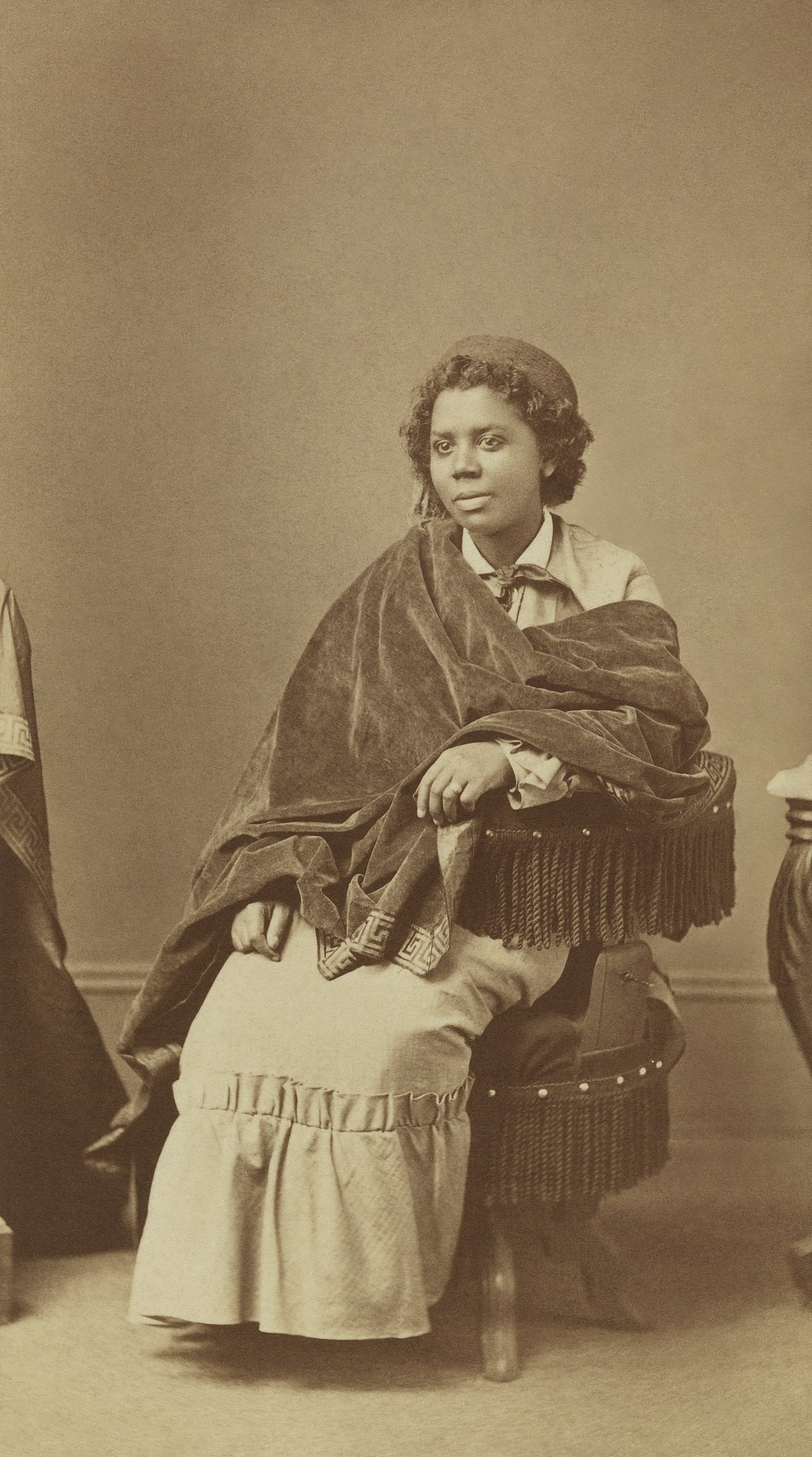
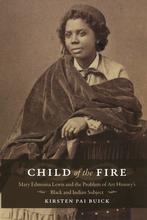
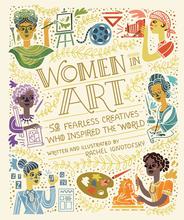
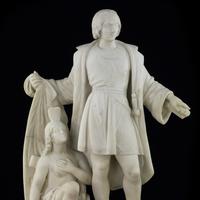
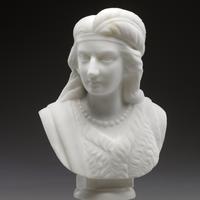
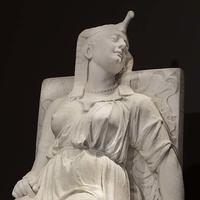










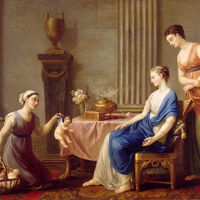

I really like this artist I love the attention she pays to certain details. The faces on her Bust are not super detailed but the clothes and how they are draped are and I think it must be reminiscent of classical times.